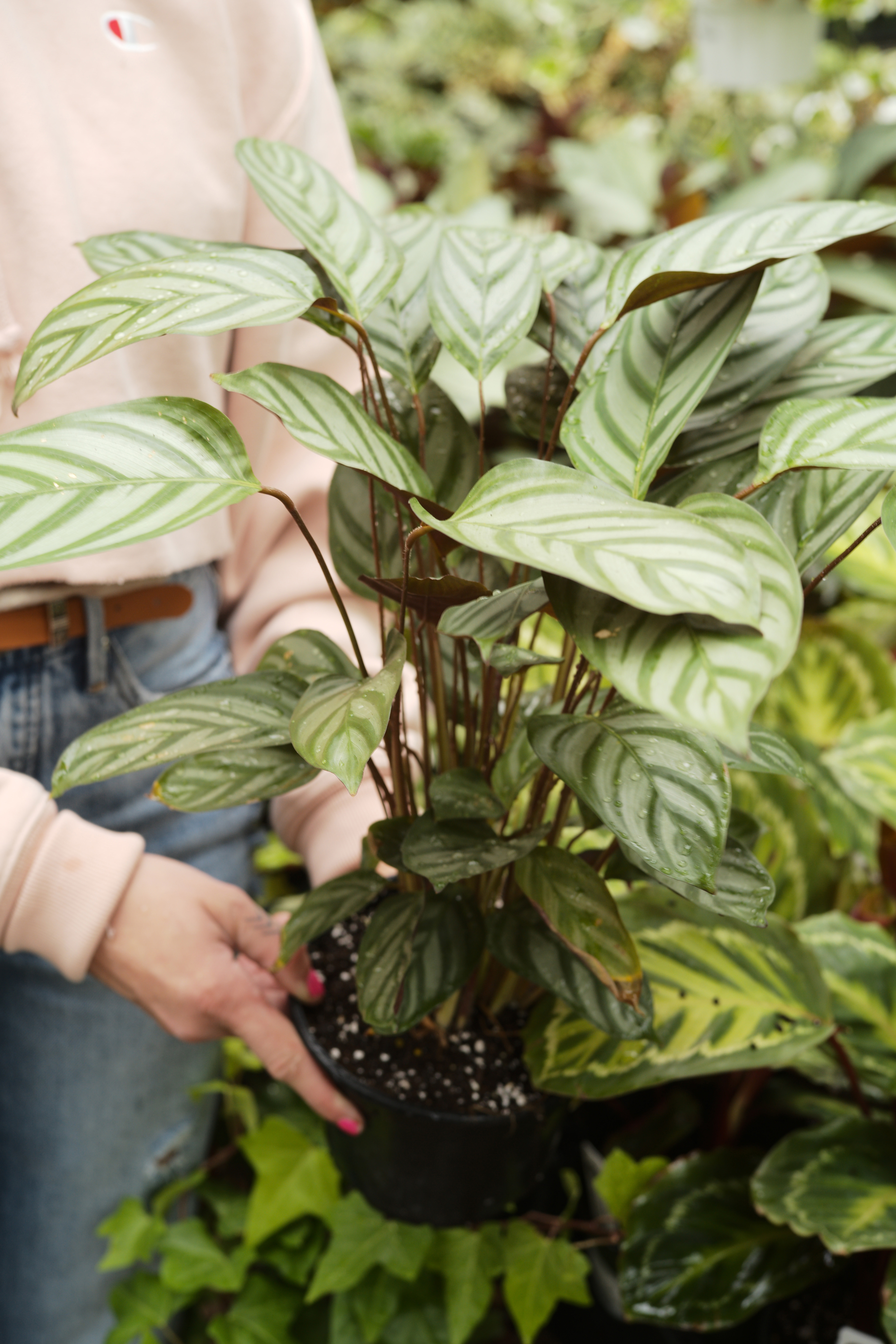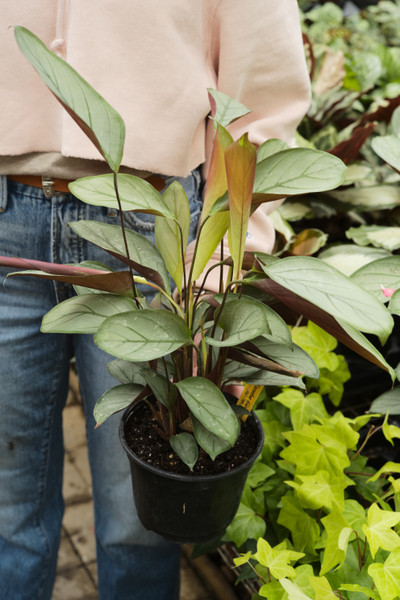Ctenanthe
Posted by Megan Nichols on Jul 17th 2020
When pronouncing the name of this beautiful plant, remember that the “c” is silent. These plants are native to Central and South America, and are actually considered evergreen in these areas.

This tropical plant boasts intriguing foliage and makes a statement whether paired with other plants in a combo planter or grown on it’s own. It’s stunning as an indoor plant.
Light
Outside, ctenanthe prefers shadier spots. Indoors, this plant can be grown in medium light to bright, indirect light. Do not grow in direct sun as this will cause the leaves to burn.
Water
Keep Ctenanthe evenly moist. They don’t want to dry out but don’t want to sit in standing water, either.
Temperature
Ctenanthe do not like it chilly. These plants prefer the same temperatures as humans, so 60 to 80 is pretty good. They prefer not to go below 55 degrees, and even lower temperatures may cause the plant to fail.
Fertilizing
Fertilize ctenanthe often, every one to two weeks, when the plant is actively growing in spring and summer. Less fertilizer is required in winter, during the dormant period.
For the Love of Plants
These plants like humidity, so be sure to grow them in a humid location, run a humidifier, or mist every so often.
The oval-shaped leaves are a good indicator of distress. Curling their sides under is how they let you know something isn’t quite rights. The most common culprit is over or under-watering or too much sun.

